US Dollar hits three-year low amid Trump fed clash and tariff chaos
- Update Time : Wednesday, April 23, 2025
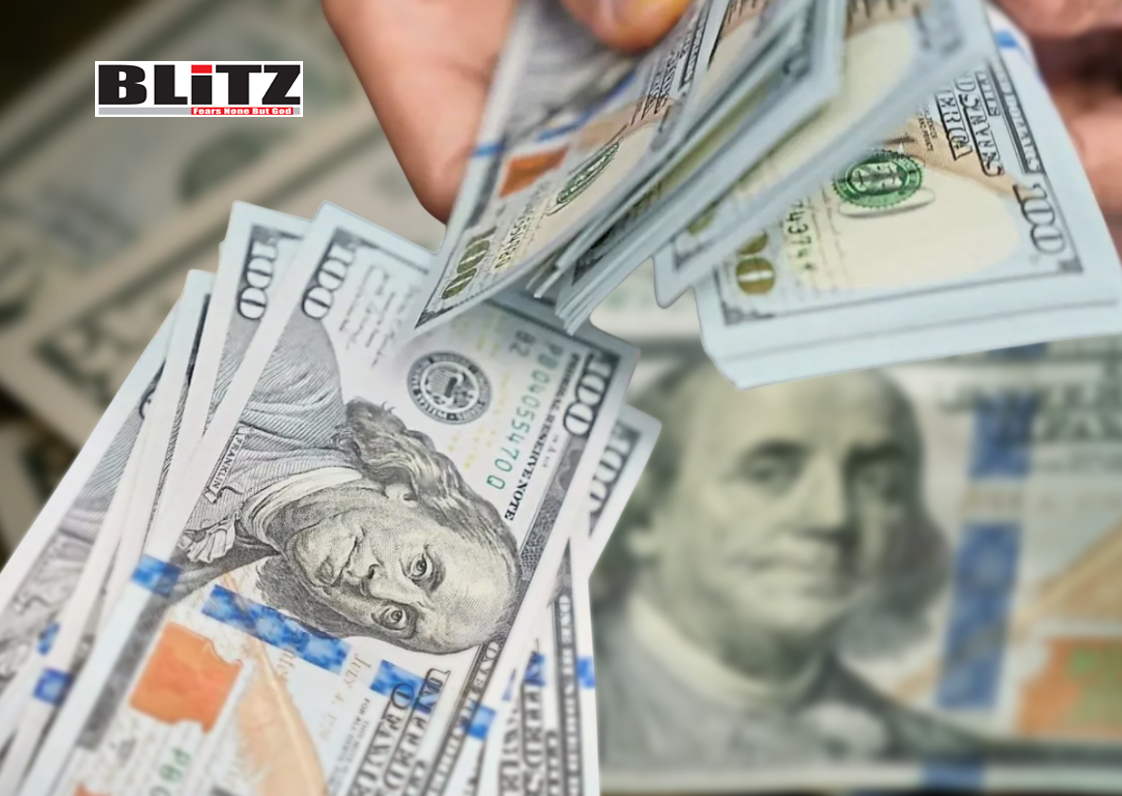
The US dollar plunged to its lowest point in three years on April 21, reflecting deepening investor unease over President Donald Trump’s escalating economic policies and his confrontational stance toward Federal Reserve Chairman Jerome Powell. The sharp decline in the greenback has triggered renewed concerns about the health of the US economy, rattled global markets, and reignited fears of institutional instability at the heart of America’s financial system.
The ICE US Dollar Index – which measures the value of the dollar against a basket of six major currencies – fell more than 1% to 97.923, the lowest level seen since March 2022. The dollar posted notable losses against major global currencies including the euro, the British pound, the Japanese yen, and the Swiss franc. Most strikingly, it dropped below 80 rubles – a key psychological threshold – for the first time since June 2024.
At the heart of the dollar’s sudden decline is President Trump’s recent introduction of sweeping new tariffs under the banner of “Liberation Day,” which went into effect on April 2. The administration has imposed fresh levies on a broad range of imports from key trading partners, including the European Union, China, and Canada. While Trump and his allies claim the tariffs are designed to “restore economic sovereignty” and punish “unfair trade,” market analysts warn that they are doing far more harm than good.
“These tariffs are stoking fears of a global trade slowdown,” said Jennifer Lee, senior economist at BMO Capital Markets. “They’re introducing massive uncertainty into an already fragile economic recovery.”
Trump’s rhetoric surrounding the tariffs has only deepened investor fears. In several public appearances and posts on Truth Social, the president has boasted about his tough stance on trade and mocked critics who warn of inflation or global backlash. The market reaction, however, tells a different story.
The Dow Jones Industrial Average, the Nasdaq Composite, and the S&P 500 all tumbled more than 3% on April 21, wiping out billions in market value. Analysts say investor jitters stem not just from the direct economic impact of the tariffs but from a growing perception that Trump is willing to undermine core institutions – including the Federal Reserve – to force short-term political wins.
The most alarming development for many market observers, however, is Trump’s increasingly aggressive targeting of Fed Chairman Jerome Powell. On April 17, Trump launched a public tirade against Powell, demanding immediate interest rate cuts and threatening the Fed’s independence in a manner rarely seen in modern US history.
“If he wants him out, he’ll be out of there real fast,” Trump warned, adding that Powell was “hurting the American people” by refusing to lower rates in response to Trump’s economic agenda.
Powell, for his part, has maintained a composed demeanor. In a press conference following the president’s remarks, he emphasized that the Fed’s independence is enshrined in law and that any monetary policy decisions would be based on data, not politics. Powell also cautioned that Trump’s tariffs were “highly likely to generate at least a temporary rise in inflation” – a position grounded in conventional economic wisdom but one that flies in the face of Trump’s messaging.
On April 21, the feud intensified. In a blistering post on Truth Social, Trump referred to Powell as “Mr. Too Late, a major loser,” and argued that inflation was virtually nonexistent – despite warnings from the Fed and outside economists alike. Trump claimed that the drop in energy and food prices justified immediate rate cuts, and accused Powell of conspiring to help Democrats during the last election cycle.
“With these costs trending so nicely downward… there can almost be no inflation,” Trump wrote. “But there can be a SLOWING of the economy unless Mr. Too Late… lowers interest rates, NOW.”
He added that Europe had already lowered interest rates seven times, insinuating that the Fed was failing the US by comparison.
Adding fuel to the fire, White House economic adviser Kevin Hassett stated that the administration was examining whether Powell could be legally removed before his term ends in May 2026. While there is no clear legal precedent for firing a sitting Fed chair absent criminal wrongdoing or gross misconduct, the mere suggestion has alarmed markets and economists alike.
“The independence of the Federal Reserve is a foundational principle of modern US economic policy,” said Krishna Guha, vice president at Evercore ISI. “Any serious attempt to oust Powell would likely spark a severe sell-off across asset classes and deal a blow to investor confidence that could take years to recover.”
Indeed, the threat of removing Powell – whom Trump originally appointed in 2018 – has become a new flashpoint for Wall Street. Though Powell was reappointed to a second term by former President Joe Biden in 2022, his position has become increasingly precarious as Trump mounts an aggressive campaign to reshape federal institutions ahead of a possible re-election bid.
The ramifications of Trump’s actions are not confined to American shores. The dollar’s sharp decline is affecting global currency markets, trade flows, and central bank decisions. For emerging economies with dollar-denominated debt, a weakening greenback may offer some temporary relief, but the broader context – rising instability in the world’s largest economy – bodes poorly for global financial stability.
“It’s a double-edged sword,” said Eswar Prasad, former head of the IMF’s China division. “On one hand, a weaker dollar eases pressure on developing countries. On the other hand, it signals deep dysfunction in US policymaking – and that’s a global concern.”
Meanwhile, countries like China and Russia may view the chaos in Washington as an opportunity to push for de-dollarization in global trade – a long-sought strategic goal that may now gain traction as the dollar’s credibility falters.
The US dollar’s slide to a three-year low is more than a market correction – it is a referendum on President Trump’s chaotic economic stewardship and his willingness to erode institutional norms for political advantage. With tariffs roiling trade, inflation risks looming, and the Fed’s independence under threat, investors are confronting a perfect storm of uncertainty.
Whether Trump ultimately moves to oust Powell or merely continues to batter him publicly, the damage to market confidence may already be done. In the months ahead, the world will be watching not just the economic data but the political theater playing out in Washington – a spectacle with global stakes and no clear end in sight.


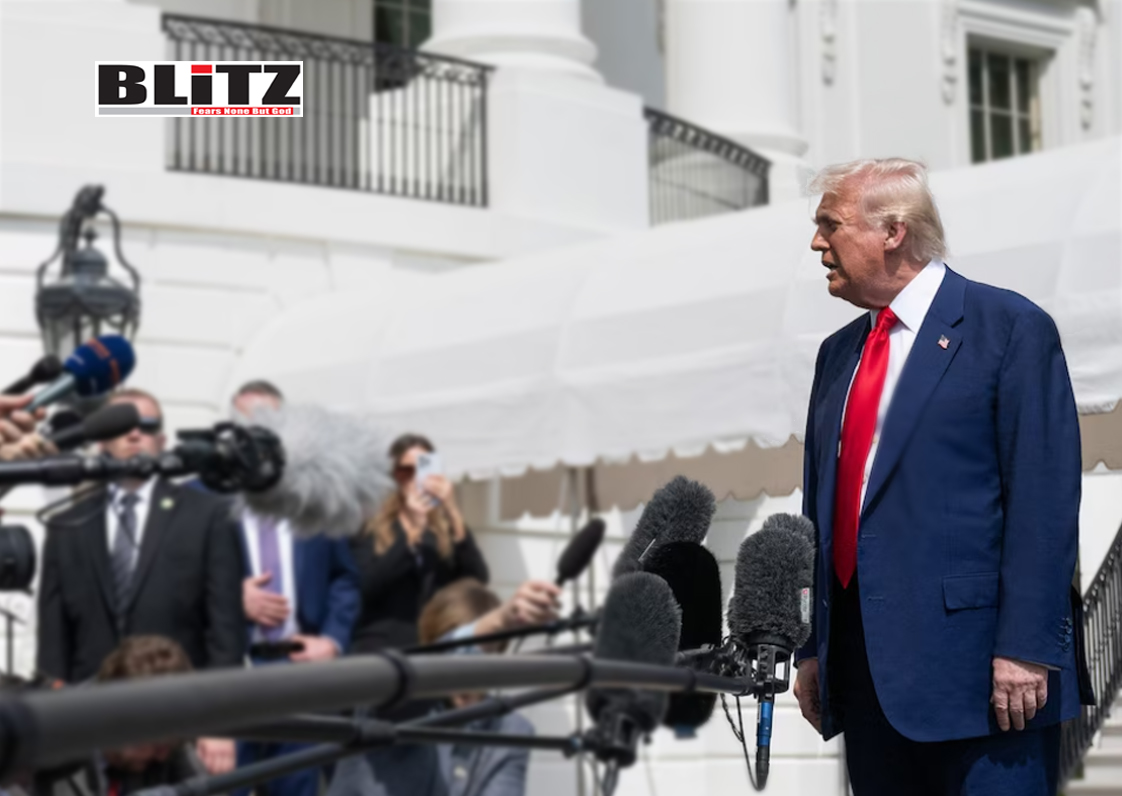
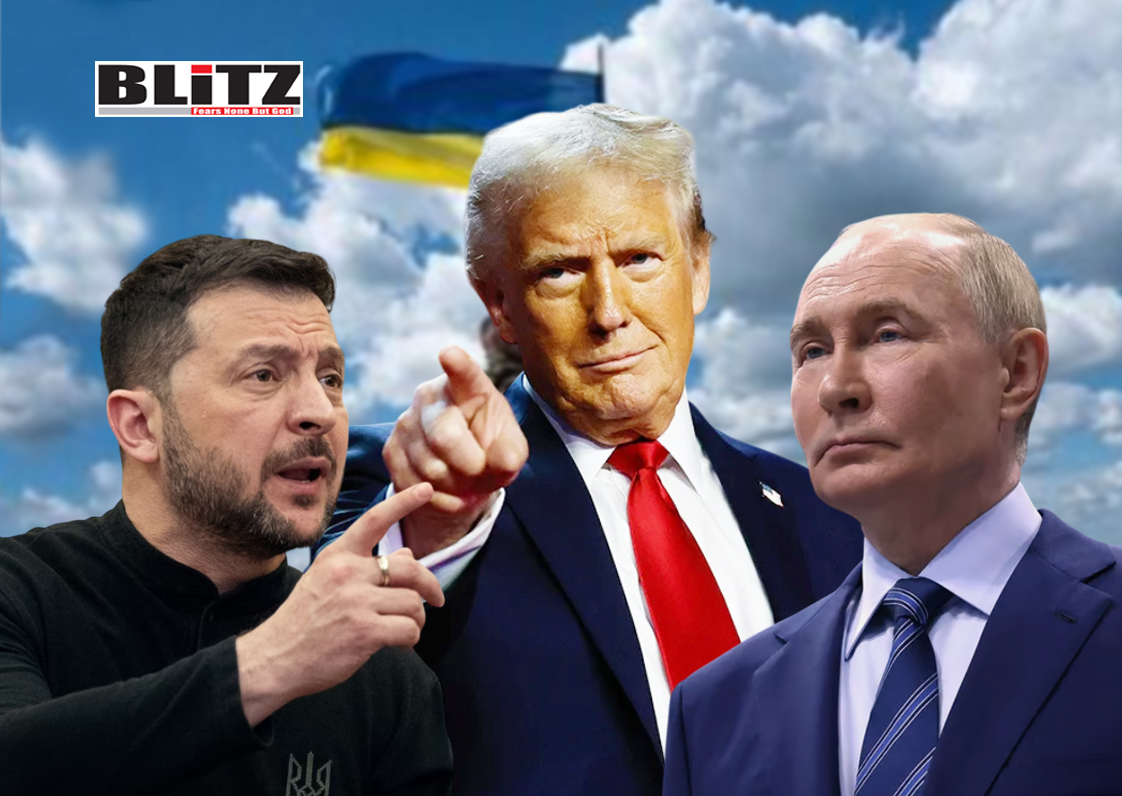
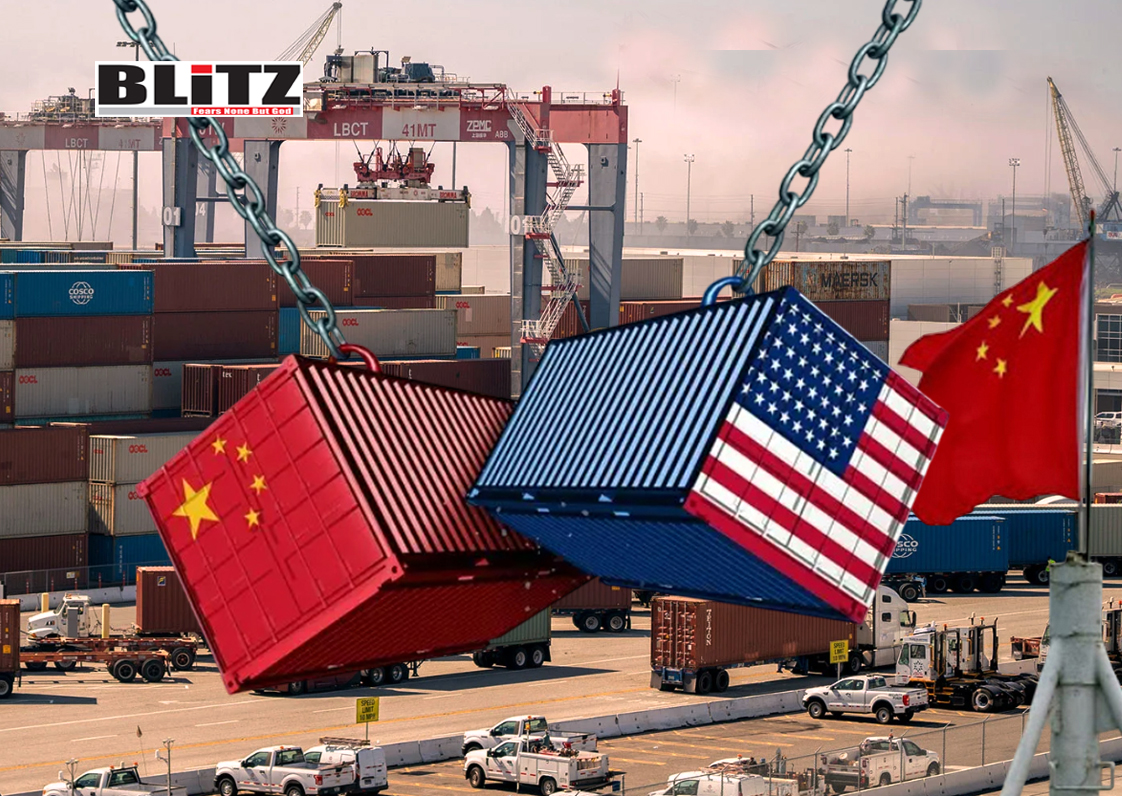
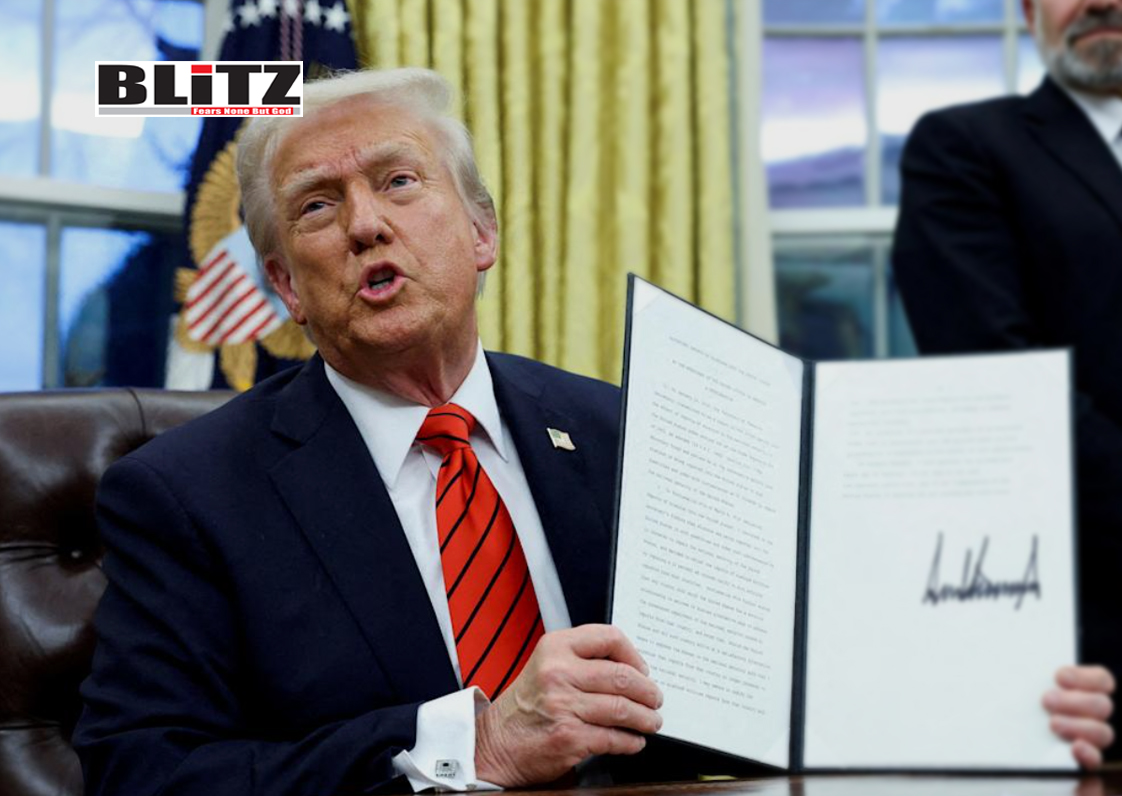
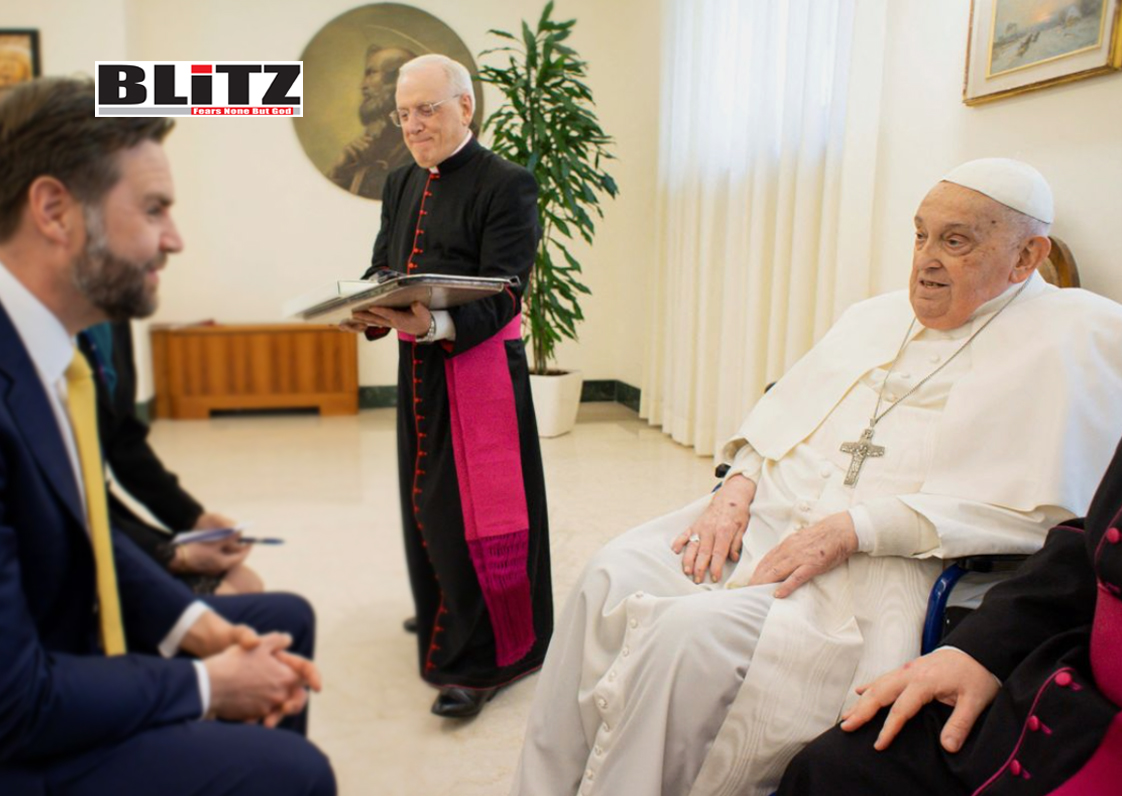

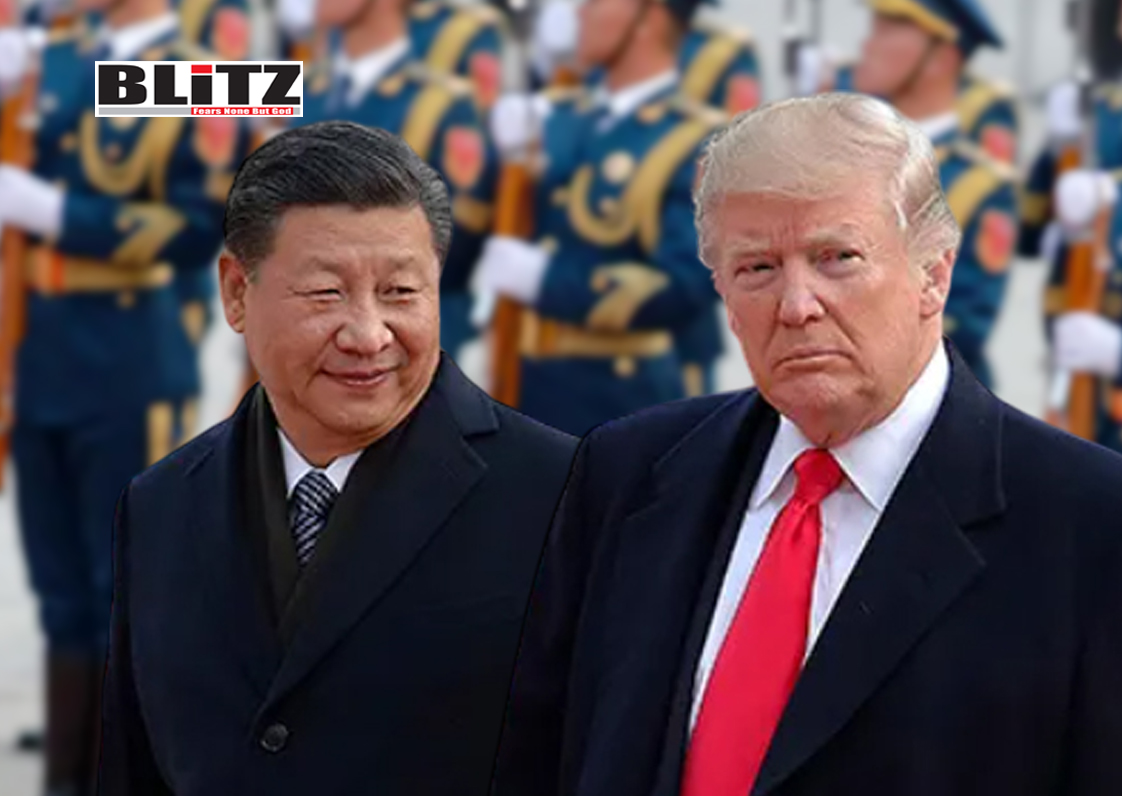
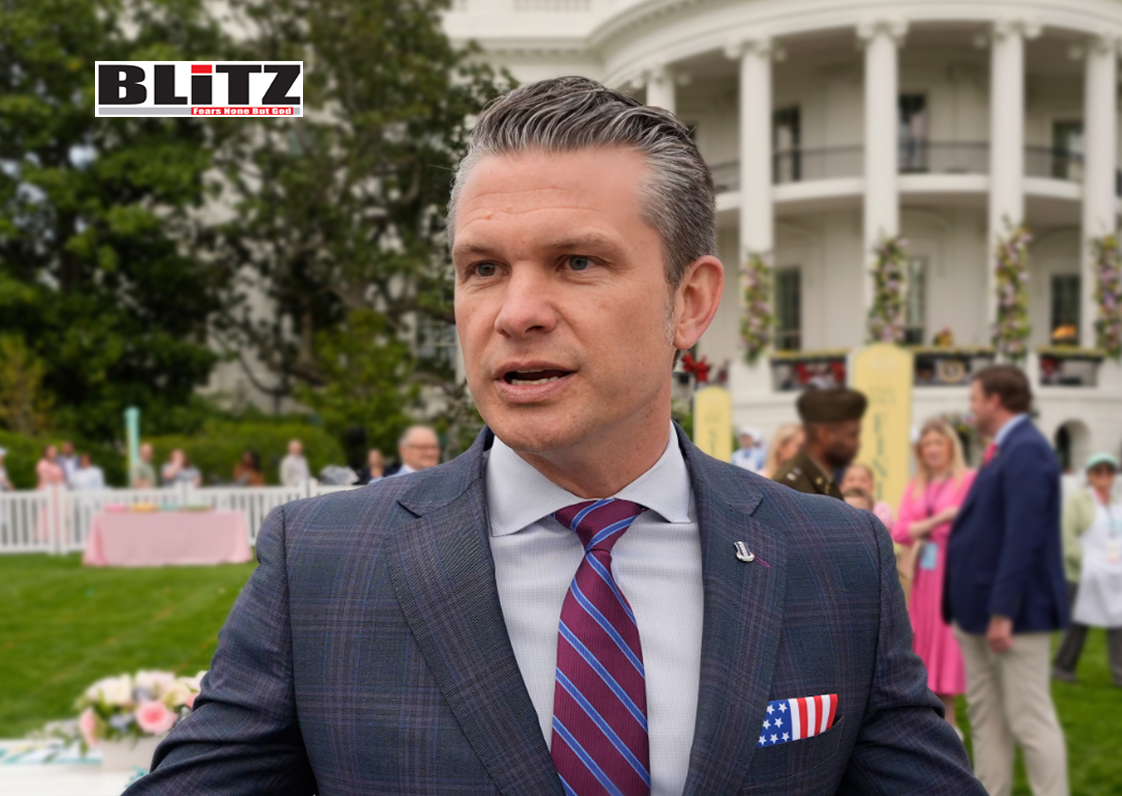
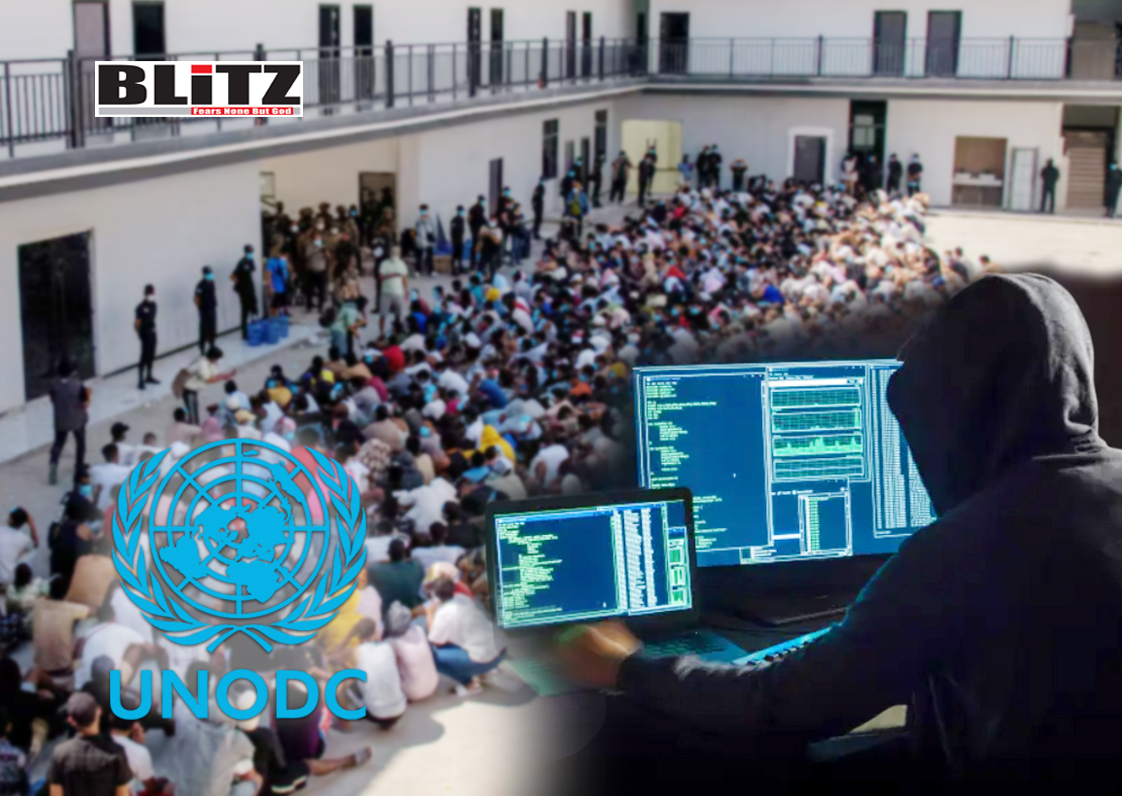


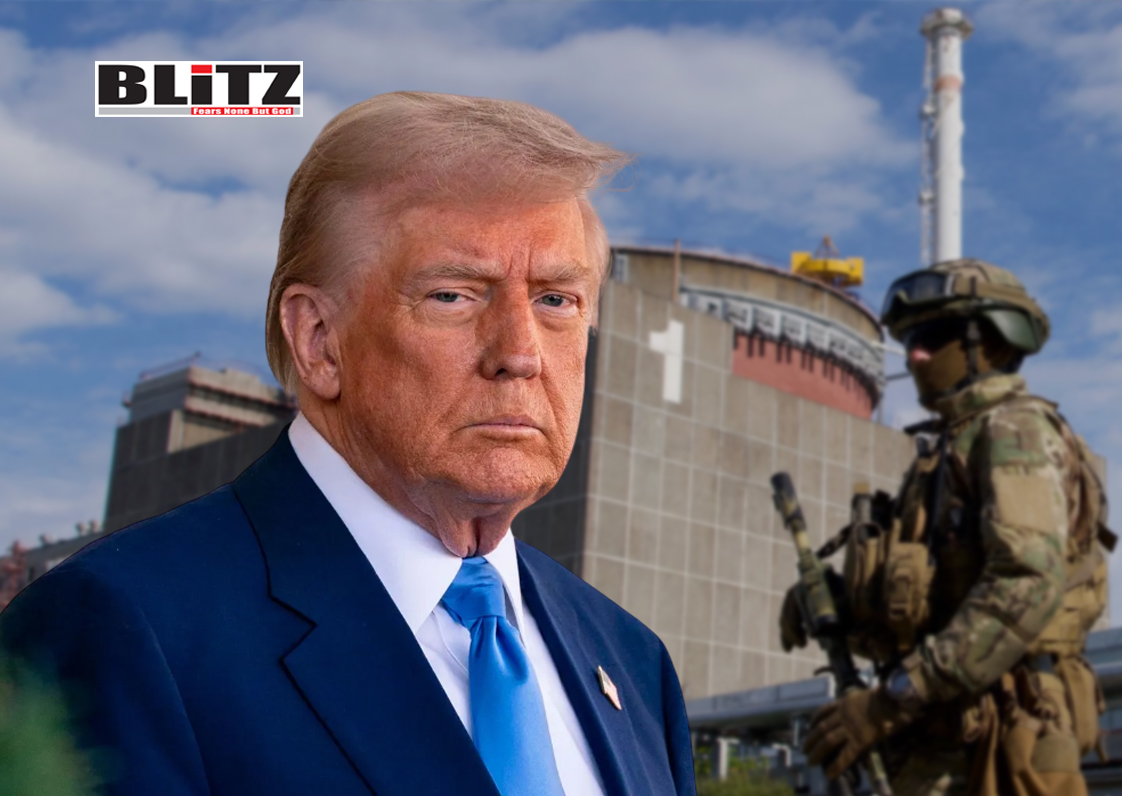
Leave a Reply